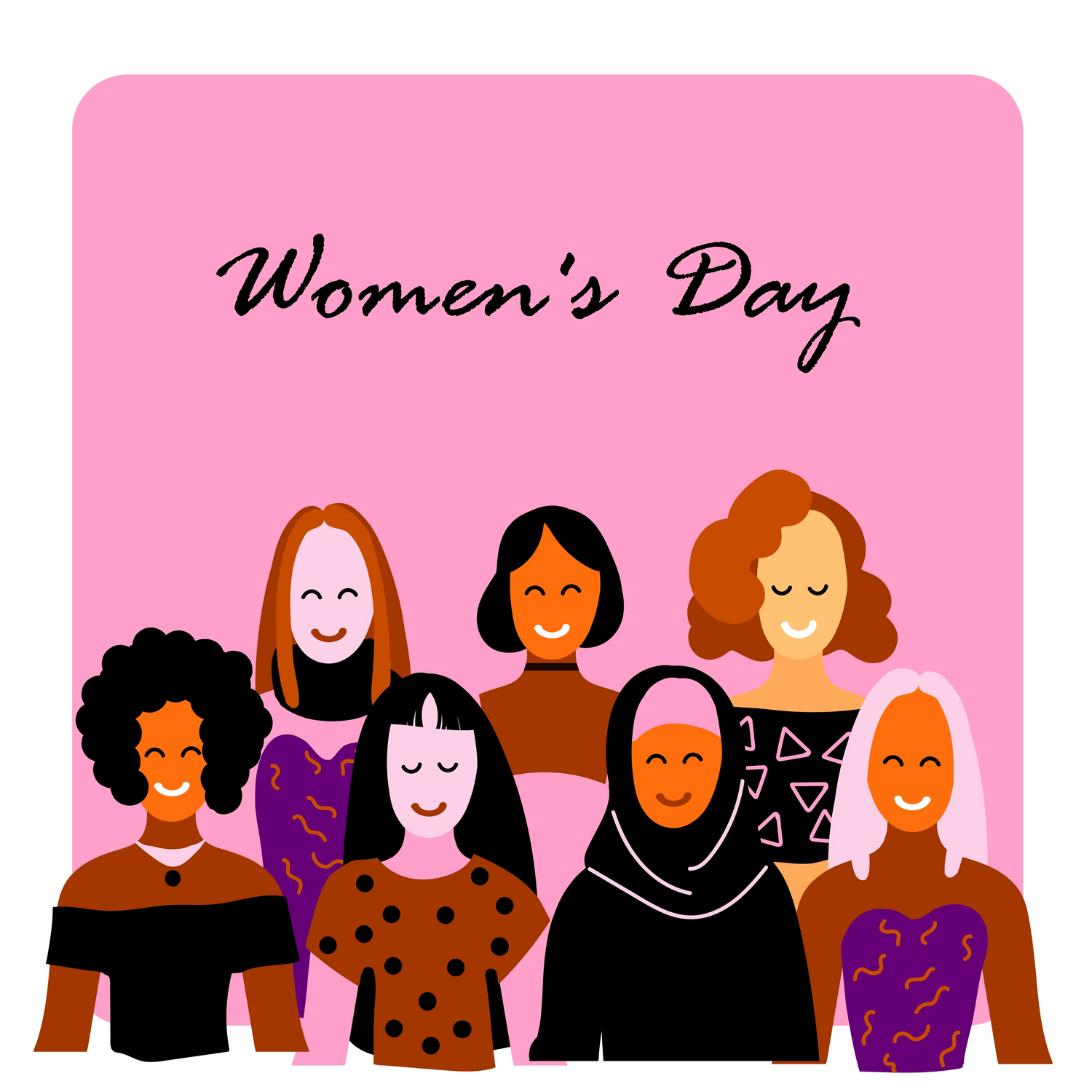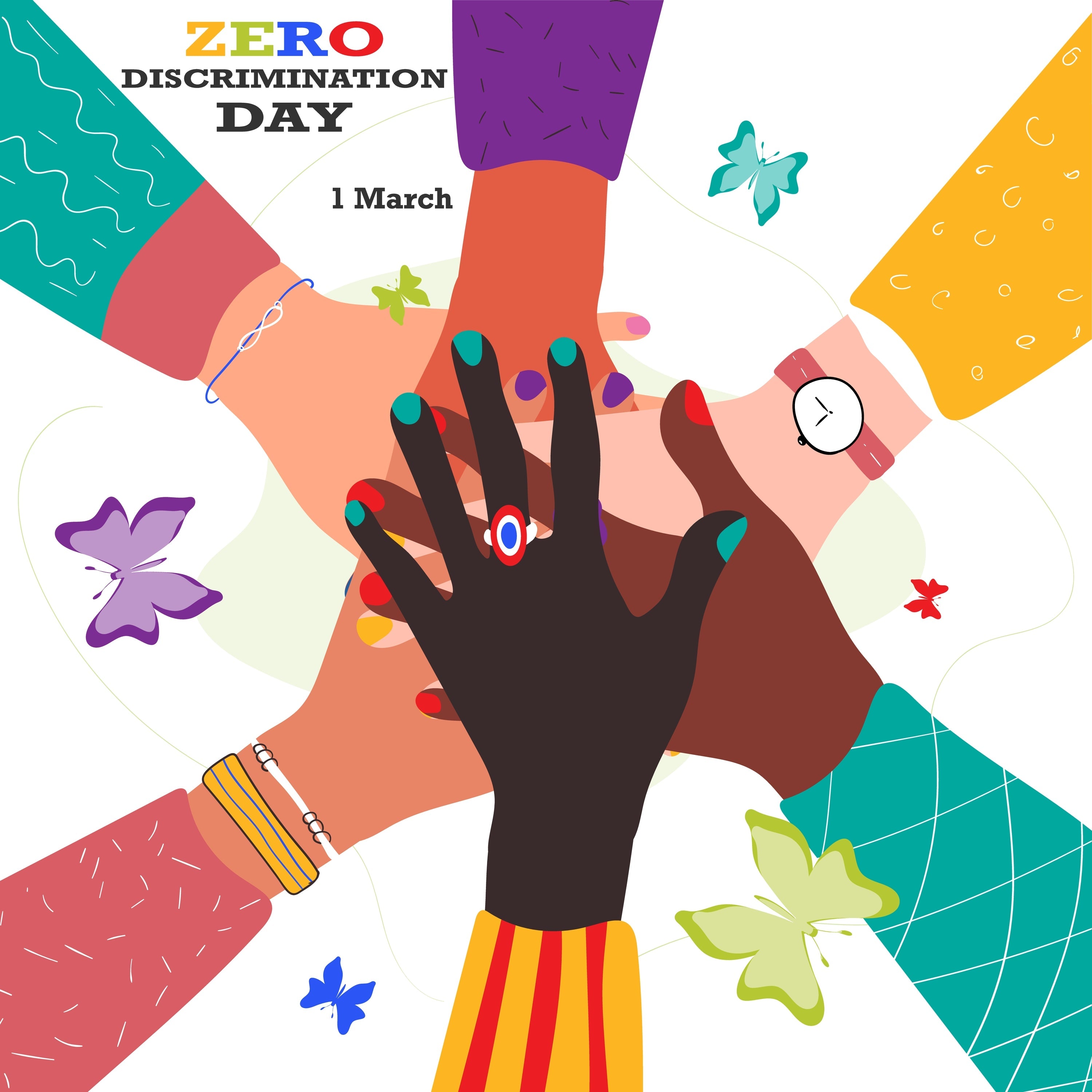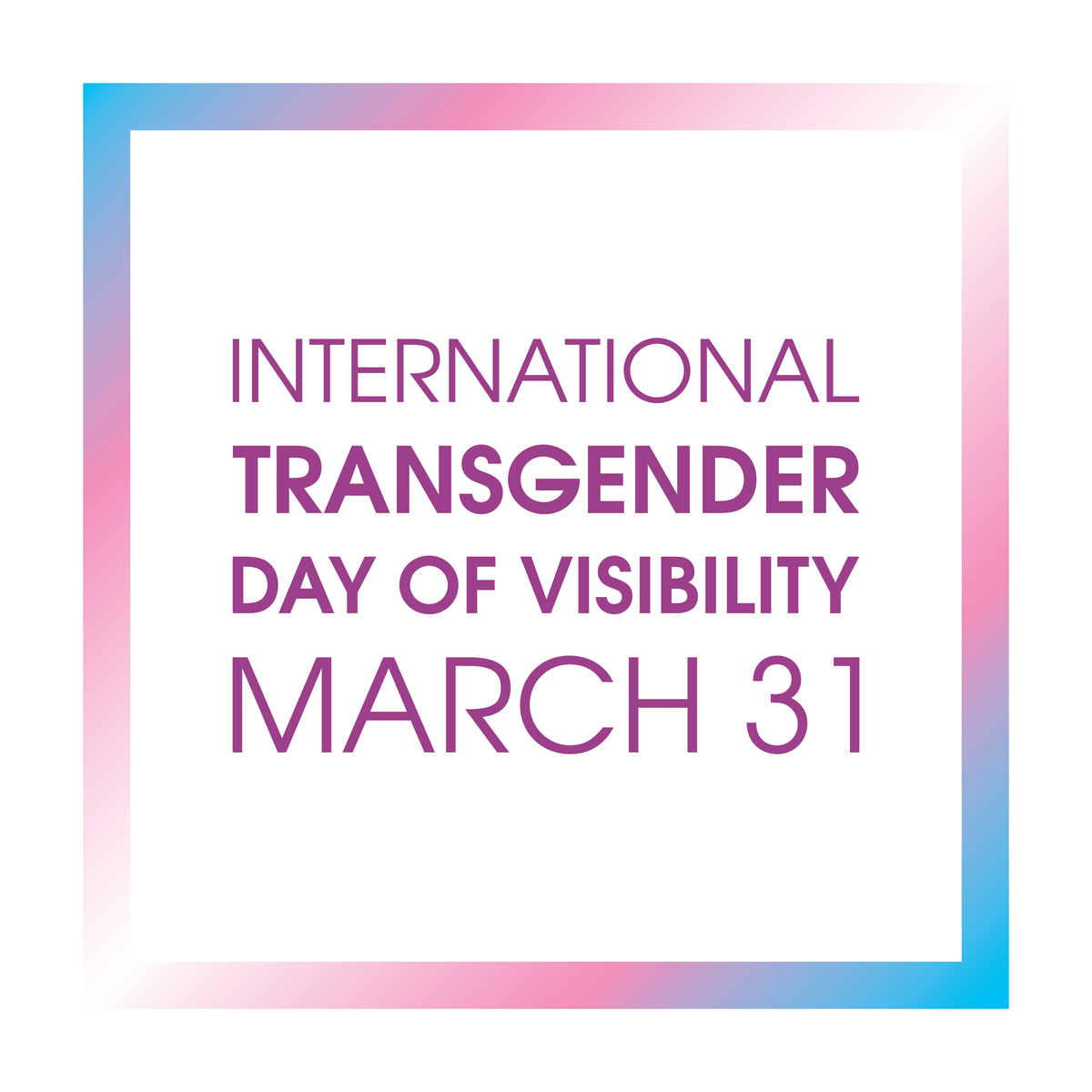How We Can Celebrate ALL Women On International Women’s Day?
On March 8th of each year, countries around the world celebrate International Women’s Day (IWD), a day to recognize the great strides that women have made towards achieving gender equality. It also highlights the many challenges that women still face because of their gender.
However, oftentimes, conversations about IWD (and women’s issues in general) tend to forget a certain faction of society that has historically been silenced just as much, if not even more, than cisgender women: trans women and non-binary people.
This IWD, learn how you can celebrate and stand up for all women.
The Origins Of International Women’s Day
The first International Women’s Day was held in Austria, Denmark, Germany and Switzerland on March 19th, 1911, following years of public protests and campaigns by women around the world demanding voting rights, the right to work, better pay, and an end to discrimination.
It wasn’t until 1975 that the United Nations officially recognized the day, but it took a hundred years after the very first IWD for officials to recognize the entire month of March as Women’s Month.
Celebrating International Women's Day Intersectionally
Intersectionality is a term coined by American law professor Kimberle Crenshaw. She described it as “a prism for seeing the way in which various forms of inequality often operate together and exacerbate each other.” According to Crenshaw, we tend to talk about racial inequality as something separate from inequalities that stem from class, gender, sexuality, or nationality. “What’s often missing is how some people are subject to all of these, and the experience is not just the sum of its parts,” Crenshaw said.
Intersectional feminism is all about shedding light on those who experience oppression on various fronts – centring their narratives to better make sense of how these overlapping experiences affect different kinds of women.
To celebrate women on International Women’s Day from an intersectional standpoint means to recognize the overlapping experiences that women of colour, 2SLGBTQ+ women, trans women, AFAB non-binary people, disabled women, immigrants, and working-class women.
One of the biggest problems that women face to this day is gender-based violence and sexual assault. According to the Canadian Women’s Foundation, although gender-based violence happens across all communities and cultures, some women are more at risk than others. Here are some alarming statistics on gender-based violence in Canada:
- Indigenous women are seven times more likely to be killed due to gender-based violence versus non-Indigenous women.
- Women under the age of 24 are five times more likely to have been physically or sexually assaulted by a non-intimate partner than women over the age of 25.
- Women with disabilities face higher risks of violent victimization compared to abled women.
- The number of lesbians and bisexual women who have been physically or sexually assaulted by an intimate partner is double what is indicated by straight women.
- Three in five transgender women have experienced intimate partner violence.
How You Can Celebrate International Women's Day in 2022?
Here are some ways you can celebrate all kinds of women on IWD:
Celebrate Women Leaders Of All Kinds
The Government of Canada’s theme for IWD 2022 is “Women Inspiring Women” and centres on celebrating women who have demonstrated inspiring leadership. Use your voice to celebrate the inspiring women leaders in your community to show the power and ability of women to make significant changes in society. Make it a point to highlight women leaders of colour, immigrant women leaders, and 2SLGBTQ+ women leaders, as they are far less recognized than more privileged women.
Be A Safe Space For All Women
Gender-based violence, wage inequality, misogyny – these are some major problems that women still face to this day. And for a lot of women, there are few people they can trust or safe places to turn to when they come across such issues. Vocalize your support for women going through discrimination, oppression, and violence and assure the women around you that you are someone they can turn to for help.




Leave a comment
This site is protected by hCaptcha and the hCaptcha Privacy Policy and Terms of Service apply.